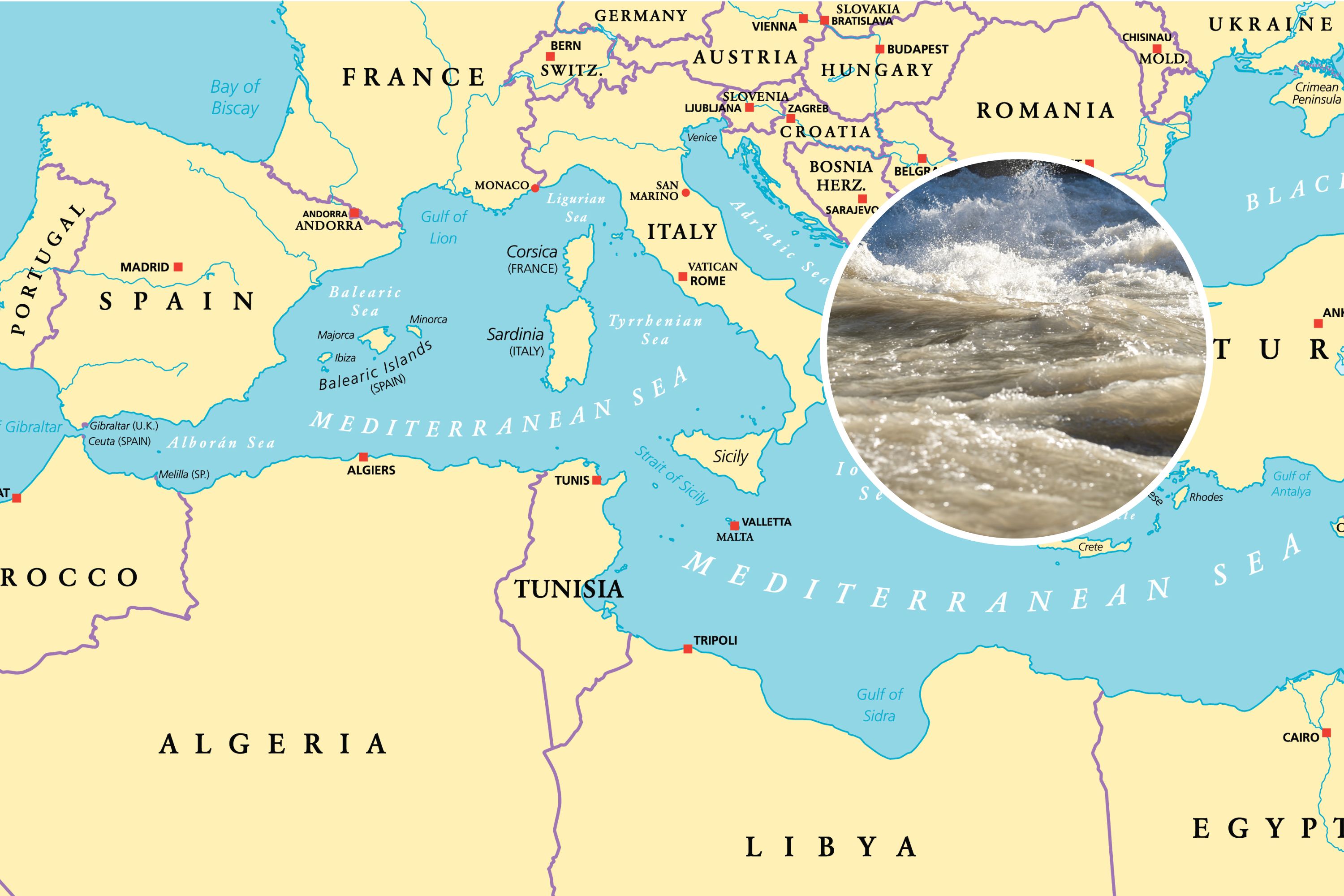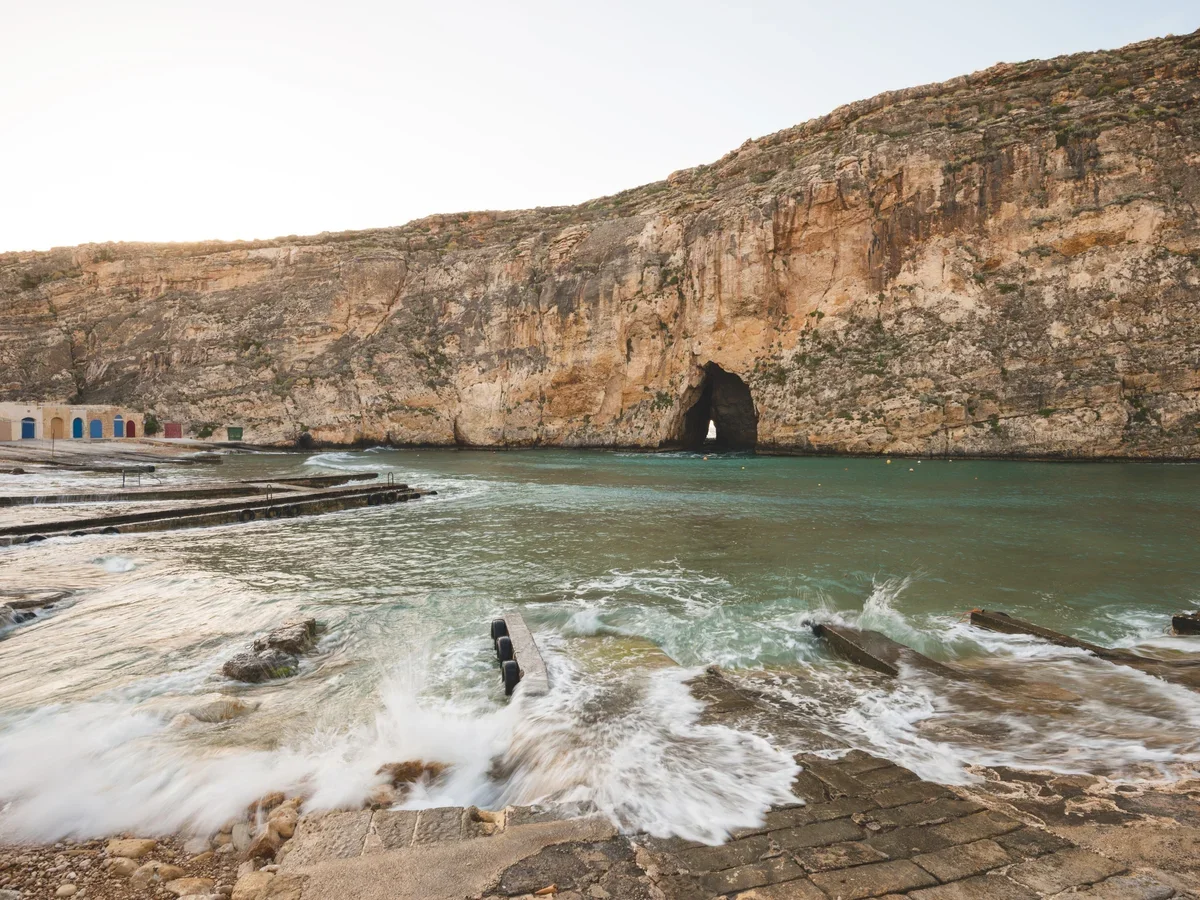Discover Pandipedia
Pandipedia is the world's first encyclopaedia of machine generated content approved by humans. You can contribute by simply searching and clicking/tapping on "Add To Pandipedia" in the answer you like. Learn More
Expand the world's knowledge as you search and help others. Go you!
Let's look at alternatives:
- Modify the query.
- Start a new thread.
- Remove sources (if manually added).
- Request a manual search from our human research team.

Hydration is essential for overall well-being as it plays a critical role in maintaining bodily functions. Dehydration can lead to negative health effects, including cognitive issues like brain fog and emotional disturbances, as highlighted by fitness expert Ally Love. She emphasizes that 'being dehydrated actually has huge contributing factors to poor health'[4].
Moreover, proper hydration aids in muscle mass maintenance and can lower disease risk, suggesting that increased water intake contributes to longevity[4]. Additionally, staying hydrated helps optimize various bodily functions and can significantly improve one's mood and overall quality of life[4].
Let's look at alternatives:
- Modify the query.
- Start a new thread.
- Remove sources (if manually added).
- Request a manual search from our human research team.
Get more accurate answers with Super Search, upload files, personalised discovery feed, save searches and contribute to the PandiPedia.
Overview and Geological Context

The Zanclean Megaflood refers to a proposed catastrophic flooding event that refilled the Mediterranean Sea at the end of the Messinian Salinity Crisis (MSC), which occurred between approximately 5.97 and 5.33 million years ago. During the MSC, the Mediterranean was largely isolated from the Atlantic Ocean, causing evaporation that transformed the sea into extensive salt flats. A number of studies now suggest that rather than a gradual reentry of water over thousands of years, there was an abrupt, high‐discharge flood that restored marine conditions rapidly. As stated in one source, “The Zanclean megaflood was an awe-inspiring natural phenomenon, with discharge rates and flow velocities dwarfing any other known floods in Earth’s history”[1][4][9]. This event is believed to have reconnected the Mediterranean with the Atlantic through a breach at the Strait of Gibraltar before spilling over into the eastern basin via a submerged land bridge called the Sicily Sill.
Evidence from Geological and Geophysical Observations
Multiple research teams have compiled extensive evidence for the highly catastrophic nature of the Zanclean Megaflood. Observations of more than 300 asymmetric, streamlined erosional ridges on and around the Sicily Sill indicate that powerful flows of turbulent water sculpted the landscape. As one study notes, the morphology of these ridges is “compatible with erosion by large-scale, turbulent water flow with a predominantly north-easterly direction”[6][14]. Geological sampling of these ridges revealed a layer of rocky debris on top that is interpreted as rapidly deposited material eroded from the ridge flanks and adjacent areas. This debris layer, which marks the boundary between the Messinian and Zanclean periods, is a key piece of evidence supporting the sudden onset of the megaflood[1][5][14].
Furthermore, seismic reflection data have uncovered a distinctive “W-shaped channel” on the continental shelf east of the Sicily Sill. This channel appears to connect the erosional features onshore to deep submarine canyons, particularly the Noto Canyon, thereby acting as a funnel for the massive floodwaters[6][11][27]. Such geophysical imaging has been crucial in confirming that these features are not the result of gradual processes but instead reflect the high-energy dynamics of a catastrophic flood event.
Flow Dynamics and Modeling Results
Hydrodynamic models have been used to simulate the behavior of the megaflood. These computer simulations helped estimate peak flow velocities, discharge rates, and the evolution of the flood as it transitioned from the western to the eastern Mediterranean basin. Model predictions suggest that discharge rates during the event ranged between 68 and 100 Sverdrups (with one Sverdrup equaling one million cubic meters per second)[2][8][14][27]. The floodwater is estimated to have reached speeds of up to 32 meters per second (72 miles per hour), and computer models indicate that as the water spilled over the Sicily Sill, its flow direction altered gradually in a clockwise manner, deepening channels further downstream[5][6][13].
These dynamic simulations are supported by geological evidence; for instance, the deposition of bedload debris and the formation of streamlined ridges are consistent with rapid, high-energy water flows that can modify both subaerial and submarine landscapes almost instantaneously on a geological timescale[1][13][19].
Implications for Mediterranean Evolution and Global Significance
The reintroduction of water during the Zanclean Megaflood not only refilled the Mediterranean basin dramatically but also had long-lasting effects on regional topography and sediment deposition. The flood is implicated in the formation of vast sedimentary deposits in the western Ionian Basin, with estimates suggesting that volumes up to 1,600 cubic kilometers of chaotic megaflood sediment were transported and deposited over a short time span[8][16][25].
Beyond reshaping the local landscape, the event had broader implications. Various studies have noted that such a massive and rapid influx of water would have induced seismicity, contributed to the erosion of canyons along the Malta Escarpment, and influenced the later development of Mediterranean ecosystems and human settlement patterns. As research has shown, “These findings not only shed light on a critical moment in Earth’s geological history but also demonstrate the persistence of landforms over five million years”[9][16][18].
Importantly, the evidence for this event challenges previous models that favored a slow, gradual reconnection of the Mediterranean with the Atlantic. New data suggest that the basin underwent a dramatic environmental transformation over a timescale of only a few years, rather than the previously assumed 10,000 years[4][20][24]. This recognition alters long-standing perspectives on the interplay between tectonics, climate, and oceanography in the Mediterranean region, and it provides a compelling example of how catastrophic events can dominate Earth's geological record.
Concluding Remarks
A synthesis of evidence from diverse sources, including geological field observations, seismic imagery, and numerical modeling, strongly supports the hypothesis of the Zanclean Megaflood as a rapid and massive event that refilled the Mediterranean Sea at the end of the Messinian Salinity Crisis. Multiple independent studies converge on key points: the identification of over 300 streamlined erosional ridges, the rapid deposition of debris marking the critical boundary between geological periods, the discovery of a W-shaped subaqueous channel acting as a funnel for catastrophic flows, and model estimates indicating unprecedented water discharge rates and velocities[1][2][3][4][6][8][11][14][16][19][24][27][29].
This comprehensive picture reinforces the idea that Earth’s history is punctuated by sudden, extreme events capable of reshaping entire regions. The Zanclean Megaflood serves as a dramatic example of such processes, reminding us that even vast ocean basins can be transformed in a matter of years due to the dynamic forces of water and tectonics. Continued research and exploration along the Mediterranean margins promise to further illuminate the details of this extraordinary event and its lasting legacy on our planet[7][10][12][15][17][20][21][22][23][25][26][28][30].
Let's look at alternatives:
- Modify the query.
- Start a new thread.
- Remove sources (if manually added).
- Request a manual search from our human research team.

Humor is a universal human phenomenon; however, its perception and usage vary significantly across different cultural contexts. Understanding these disparities can provide insights into how humor operates within social dynamics, individual identity, and coping mechanisms.
Cultural Perception of Humor

The perception of humor often diverges sharply between Western and Eastern cultures. Research indicates that Westerners typically regard humor as a positive trait, associating it with attractiveness and self-actualization. For instance, humorous people are often viewed as more motivating, creative, and capable[2][3]. In contrast, Easterners, particularly those influenced by Confucian values like many Chinese, tend to hold a more ambivalent view of humor, regarding it as suitable primarily for experts rather than as a universal social trait. Many Chinese individuals perceive humor as potentially undermining their social status, thus feeling that humor should be exhibited with restraint[1][3][7].
This cultural dichotomy also reflects in how individuals evaluate humor behaviors. For Westerners, humor is often seen as essential in various interpersonal contexts. Conversely, Easterners might associate humor with serious implications and choose to reserve laughter and humor for specific, often private, contexts rather than public displays[4][8]. Judge John C. H. Wu’s remark summarizes this difference: “whereas Westerners are seriously humorous, Chinese people are humorously serious”[1][2].
Humor Usage Across Cultures

The way humor is utilized also varies significantly. In Western cultures, humor acts as a coping strategy, often employed to manage stress and navigate life’s difficulties[4][6]. Studies show that individuals living in Western societies are more likely to use humor as a defense mechanism against negative emotions, facilitating stress relief and enhancing social bonding[2][3][6]. In contrast, Eastern cultures tend to use humor less frequently as a coping mechanism. For example, research indicates that Japanese, Chinese, and Singaporean students are less likely to utilize humor in stressful situations compared to their Western counterparts[1][3].
The classification of humor styles further amplifies these cultural differences. Although humor can generally be categorized into four styles—affiliative, self-enhancing, self-defeating, and aggressive—Eastern cultures predominantly favor more adaptive forms of humor like affiliative and self-enhancing humor[5][7]. In contrast, Western cultures exhibit a higher tendency towards using maladaptive humor styles, particularly self-defeating and aggressive humor[3][7].
The Role of Language in Humor
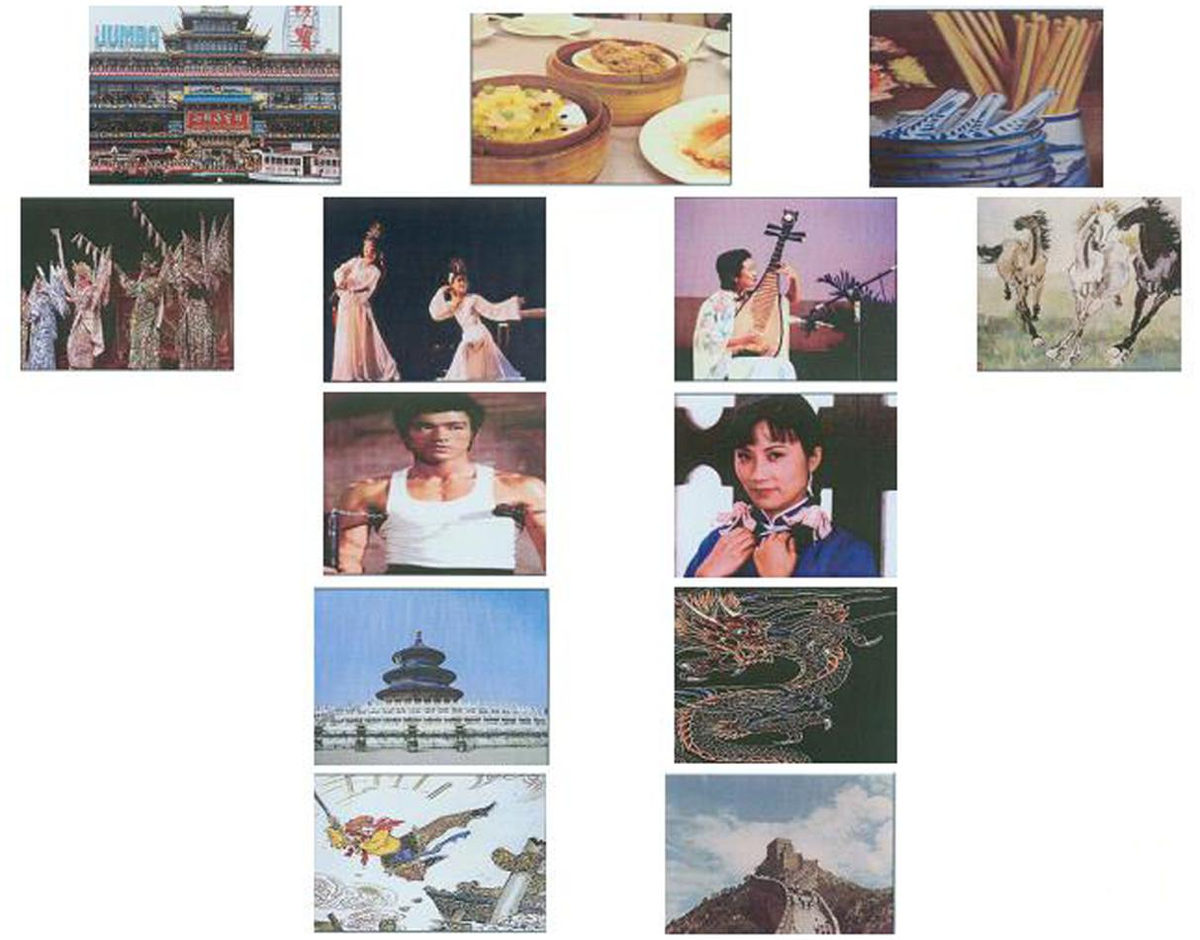
Language plays a critical role in the expression and appreciation of humor; however, what is humorous in one culture may not be understood—or appreciated—in another. For instance, humor in Chinese often relies on linguistic nuances and wordplay that may be lost in translation, making it particularly challenging for individuals outside the culture to grasp[4][8]. The use of puns and context-dependent humor are prevalent in Chinese culture, yet these mechanisms can create barriers for non-native speakers[6][8]. This complexity leads to the saying, “Humor doesn’t travel,” which reflects the difficulties of communicating humor across cultural divides[1][3].
Psychological Implications and Well-being
The implications of humor extend beyond social interactions, affecting psychological well-being. Research highlights that both Westerners and Easterners can benefit from humor, but the effects manifest differently due to cultural contexts. While adaptive humor styles such as affiliative humor promote mental health and are positively correlated with life satisfaction in both groups, maladaptive styles tend to yield negative outcomes, especially in Eastern cultures[2][6][7].
Moreover, the research illustrates that humor styles are not only related to cultural attitudes but also to individual traits such as self-esteem and coping mechanisms. Westerners, for instance, often associate higher self-esteem with the use of adaptive humor[2][3]. In contrast, Easterners may find their coping humor strategies less impactful due to the cultural stigma associated with humor and playfulness, which underscores challenges in promoting mental health through humor in these contexts[4][8].
Conclusion
In summary, humor represents a complex interplay between cultural norms and individual behavior. The contrasting views on humor between Western and Eastern societies underscore the importance of context in humor appreciation and usage. While humor can be a unifying and adaptive force, it is also deeply influenced by cultural values, linguistic nuances, and social structures that shape its expression and significance in daily life. Understanding these cultural variations can enhance intercultural communication and foster deeper connections across diverse populations.
Let's look at alternatives:
- Modify the query.
- Start a new thread.
- Remove sources (if manually added).
- Request a manual search from our human research team.
Overview of Vehicle Type Segmentation
The vehicle type segmentation in the European car rental market plays a key role in meeting diverse consumer preferences. The segment includes categories such as Luxury, Executive, Economy, SUVs, and Others. Each category contributes differently to overall customer satisfaction and market dynamics. Notably, these categories are influenced by evolving consumer trends such as eco-friendliness and the rising demand for shared mobility, which in turn shape how businesses compete and grow in this dynamic industry[1].
Luxury Car Rentals
Luxury vehicles hold significant market value by catering to premium consumers. The source explains that 'Luxury vehicles attract premium consumers seeking comfort and elegance, often preferred for corporate events or special occasions.' This indicates that the luxury segment is tailored for clients who prioritize a high-end, sophisticated travel experience. Such consumers usually require superior comfort and aesthetic appeal, and they often use these vehicles for business-related events or to make an impression during significant occasions. The luxury segment, therefore, not only contributes to revenue through higher rental rates but also helps rental companies enhance their brand prestige and meet a niche market demand[1].
Economy Car Rentals
In contrast, the economy car rental segment is described as the dominant category thanks to its focus on affordability and fuel efficiency. The source states, 'Economy vehicles dominate due to their affordability and fuel efficiency, appealing mainly to budget-conscious travelers.' This underscores the mass-market appeal of economy cars; they are typically chosen by travelers who seek practical and cost-effective mobility solutions. The emphasis on affordability caters not only to leisure travelers but also to a broader demographic that prioritizes lower costs and efficient travel over luxury or extra amenities. The large market share of economy vehicles suggests that this segment plays a critical role in driving volume and catering to the everyday travel needs of the majority of consumers[1].
Comparative Market Significance
When comparing luxury and economy segments, the primary differentiators are the targeted consumer profiles and the value propositions offered. Luxury car rentals appeal to a niche, high-end market looking for exceptional comfort and elegance, which is essential for corporate travel and special occasions. In contrast, economy car rentals satisfy the broader market demand by offering economical and fuel-efficient options, making them a popular choice among budget-conscious customers. Both segments are crucial to the overall market: while the luxury segment enhances brand image and provides higher margins per rental, the economy segment ensures high volume and broad market penetration. The coexistence of these segments illustrates the market’s ability to address diverse consumer needs and emphasizes the importance of flexibility and tailored offerings in a competitive landscape[1].
Implications for Market Strategy
For companies operating in the European car rental market, maintaining a balanced portfolio that includes both luxury and economy vehicles is essential. Investing in the luxury segment allows companies to cater to high-end clients and differentiate themselves through superior service and exclusive offerings. Conversely, ensuring a robust economy fleet can help capture the large volume segment that values affordability and efficiency. This dual approach not only broadens the customer base but also mitigates risks by diversifying revenue streams across distinctly different market segments. By aligning service quality with the specific needs of each segment, rental companies can optimize resource allocation and foster long-term growth[1].
Let's look at alternatives:
- Modify the query.
- Start a new thread.
- Remove sources (if manually added).
- Request a manual search from our human research team.
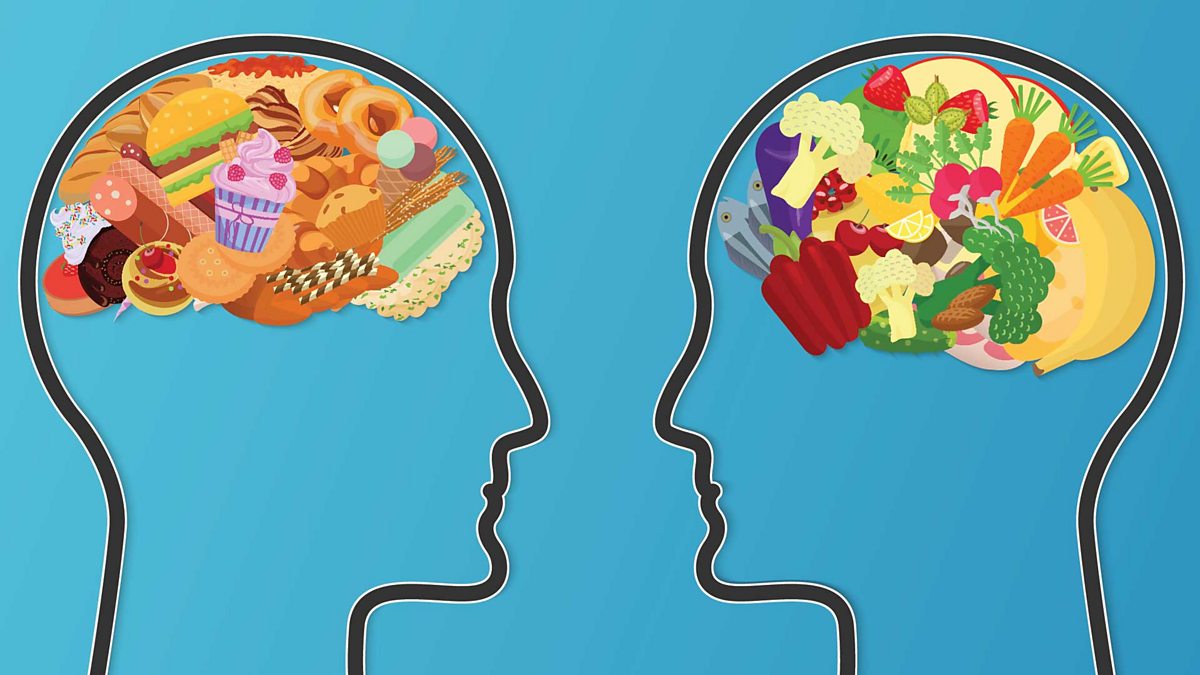
Diet has a significant impact on mental health, as studies indicate a strong connection between what we eat and how we feel. Eating a balanced diet rich in vegetables, fruits, whole grains, and healthy fats can improve mood and reduce symptoms of depression and anxiety[2][4]. For example, consuming more fruits and vegetables is linked to lower stress levels and better overall well-being[4].
Conversely, diets high in processed foods, sugar, and unhealthy fats can worsen mental health outcomes and contribute to issues like irritability and fatigue due to blood sugar spikes and dips[1][3][4]. Regular meals and hydration are effective strategies for maintaining stable mood and energy levels[2][1].
Let's look at alternatives:
- Modify the query.
- Start a new thread.
- Remove sources (if manually added).
- Request a manual search from our human research team.
Get more accurate answers with Super Search, upload files, personalised discovery feed, save searches and contribute to the PandiPedia.
Let's look at alternatives:
- Modify the query.
- Start a new thread.
- Remove sources (if manually added).
- Request a manual search from our human research team.
Oprah Winfrey's influence on media and culture is profound and far-reaching. Known for her groundbreaking television program, 'The Oprah Winfrey Show,' which ran for 25 years, Winfrey transformed the landscape of daytime television and created a platform that promoted open discussions on diverse and often taboo subjects. Her unique approach and ability to connect with audiences set new standards for talk shows, saturating the media environment with themes of empowerment, self-improvement, and cultural acceptance.
Revolutionizing Daytime Television

Winfrey took the talk show format beyond its traditional confines, focusing not just on entertainment but also on emotional depth and personal storytelling. As Cultural Icon Janice Peck notes, Oprah 'just blew the whole thing open,' focusing on what made people feel, cry, and confront their deepest fears[4]. This emotional honesty was exemplified in her groundbreaking episode in 1987, where she openly discussed her own experience of sexual abuse, challenging the conventional boundaries of journalism and inviting others to share their stories[4].
Her distinct method of addressing sensitive topics—ranging from mental health to social injustices—encouraged a cultural shift towards embracing vulnerability and openness. Winfrey's emphasis on self-improvement and personal development resonated deeply with audiences, turning her program into a cultural phenomenon that transcended entertainment[5][8].
A New Era of Self-Improvement Culture

Oprah's focus on self-help not only provided individuals with insights into their personal struggles but also fueled a broader cultural movement around the importance of mental health and self-care. Her initiatives, such as the Oprah Book Club, helped launch countless literary careers and made reading a shared communal experience[6][7]. Books selected for her club often saw a dramatic increase in sales, demonstrating her ability to affect public interest and consumer behavior—an effect so potent it is now known as 'the Oprah effect'[7][8].
Moreover, Winfrey's program tackled subjects that were previously overlooked in mainstream media, such as domestic violence and addiction, normalizing these discussions and promoting empathy within society. Her platform became a space where viewers could engage with difficult topics, using her interviews with guests—from celebrities to everyday individuals—to explore personal narratives and shared human experiences[2][4].
Philanthropic Contributions and Advocacy

Oprah's impact extends beyond media; her philanthropy has left an indelible mark on education and empowerment initiatives globally. The establishment of the Oprah Winfrey Leadership Academy for Girls in South Africa underscores her commitment to transforming lives through education[7][9]. This $40 million initiative aims to provide quality educational opportunities to disadvantaged girls, highlighting her belief in the life-changing power of education.
Additionally, her Angel Network, which supported various charitable causes, demonstrated her dedication to social responsibility and community upliftment[7]. Winfrey's influence as an advocate for women's rights has been particularly significant, using her voice to inspire and empower women across the globe[3][5].
Cultural Transformation and Representation

Throughout her career, Oprah Winfrey has championed the cause of marginalized groups, promoting discussions around race, gender equality, and socio-economic disparities. Her success as a Black woman in a predominantly white industry has paved the way for increased representation of diverse voices in media. This contribution to cultural diversity not only reshaped television but also laid the groundwork for future media figures to follow in her footsteps[3][9].
Oprah's approach helped normalize conversations about differences, fostering a sense of inclusivity that was reflected in popular culture. Shows like 'Modern Family' and documentaries addressing LGBTQ+ issues gained traction in part due to the societal landscape that Winfrey helped shape[4]. Her insistence on authenticity and understanding has played a crucial role in advancing public acceptance and sensitivity towards different identities and experiences.
Conclusion
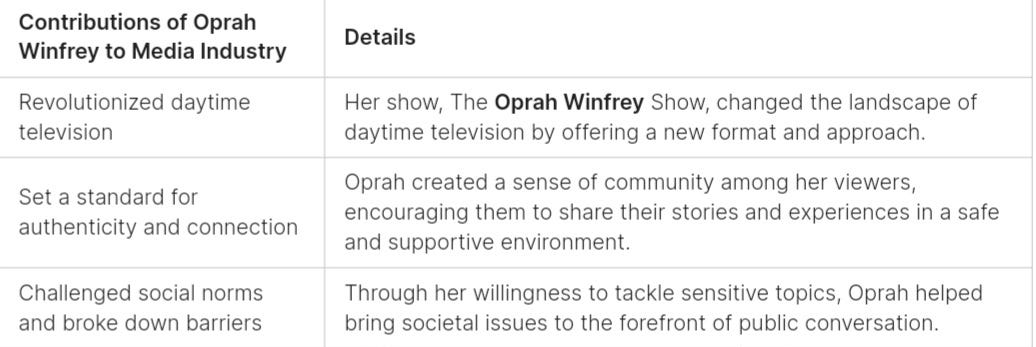
Oprah Winfrey's journey from a challenging childhood to becoming a globally recognized media mogul exemplifies the transformative power of resilience and determination. Her impact on media and culture is characterized by her innovative approach to talk shows, advocacy for social issues, and profound philanthropic efforts. By revolutionizing television, promoting self-improvement, and championing representation and equality, Winfrey has not only changed how we view talk shows but has also influenced the broader narrative surrounding personal growth and community empowerment. Her legacy continues to inspire millions, reminding us of the profound effect one individual can have on society.
Let's look at alternatives:
- Modify the query.
- Start a new thread.
- Remove sources (if manually added).
- Request a manual search from our human research team.

Virtual private networks (VPNs) work by encrypting your internet traffic and routing it through a secure server, which disguises your IP address and makes your online activities private. When you connect to a VPN, your data is sent through an encrypted tunnel, preventing unauthorized access from internet service providers (ISPs) and cybercriminals[1][2][4].
Additionally, VPNs can bypass geographical restrictions by masking your location, allowing you to access region-locked content. They utilize various tunneling protocols, such as OpenVPN and WireGuard, to ensure secure data transmission[3][6]. The encryption ensures that any intercepted data remains unreadable without the proper decryption key[4][6].
Let's look at alternatives:
- Modify the query.
- Start a new thread.
- Remove sources (if manually added).
- Request a manual search from our human research team.

User's information needs have literally exploded; they're inundated with information.
Sundar Pichai[1]
If the user's not satisfied, they're not going to come back to Google anymore; correct?
Mr. Dahlquist[5]

Today there are over 5 billion people with phones connected all over the world.
Sundar Pichai[1]
An effect on search quality is substantial when a change, whether positive or negative, would be sufficiently large.
Professor Oard[4]
The challenges of delivering localized information matter significantly.
Benedict Gomes[2]
Let's look at alternatives:
- Modify the query.
- Start a new thread.
- Remove sources (if manually added).
- Request a manual search from our human research team.


